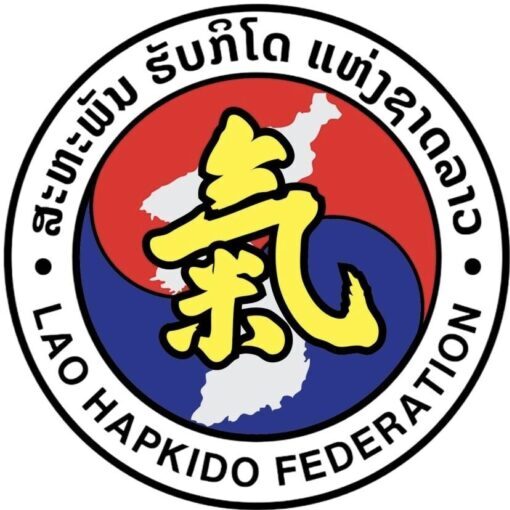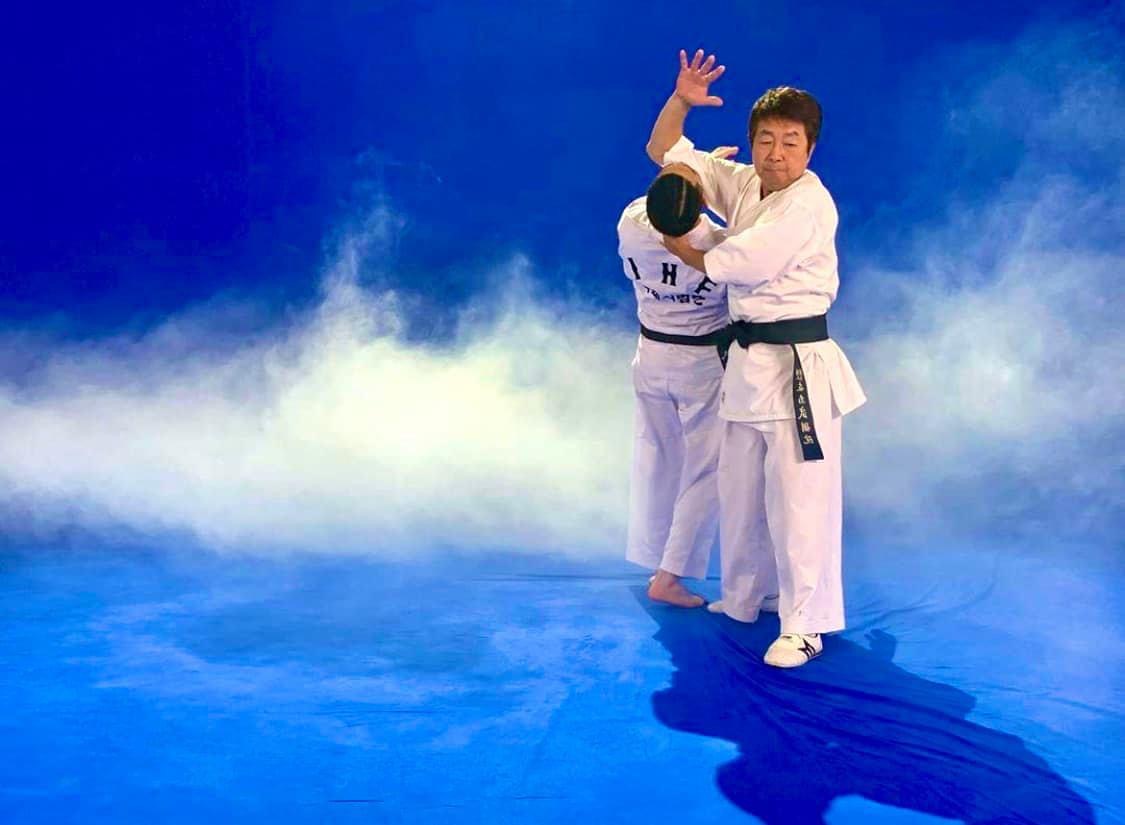Hapkido (합기도) – The Art of Circular Motion and Harmony
Hapkido draws heavily from traditional Asian philosophies, particularly the concept of ki (life energy). In Hapkido, ki flows in continuous circular motion, mirroring the natural movements of the universe. The art revolves around harnessing this circular flow, emphasizing smooth, non-linear movements rather than forceful or rigid actions.
By centering oneself and generating a flow akin to a whirlpool, a practitioner attains the highest level of mastery—achieving an indescribable sense of peace. Control is established by either bringing an opponent into one’s own circle or adapting to the opponent’s movements.
Hapkido incorporates a diverse range of techniques, including joint locks, bending maneuvers, and an extensive repertoire of kicking and striking methods. Many schools also teach weapon techniques involving short and long sticks, nunchaku, knives, belts or ropes, canes, and swords.
While Hapkido is a highly effective martial art, it is primarily designed for defensive purposes. When confronted by an attacker, a practitioner seeks to neutralize the threat using the least amount of force necessary to control the situation. At its core, Hapkido fosters a non-violent mindset, emphasizing self-control, patience, and forgiveness.
This philosophy is deeply rooted in the martial art’s ethical framework, which is built upon four fundamental principles:
- Courtesy
- Respect
- Right Attitude
- Understanding of One’s Own Center
By cultivating these values, Hapkido practitioners not only refine their physical techniques but also develop a disciplined and morally grounded way of life.




